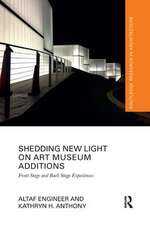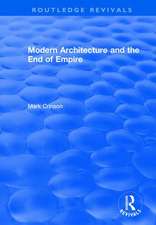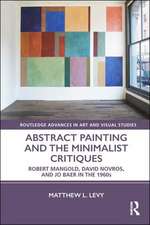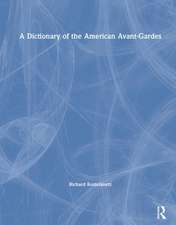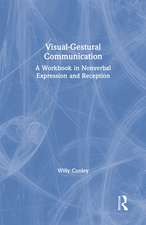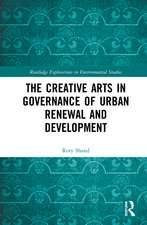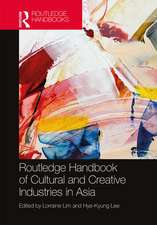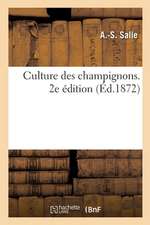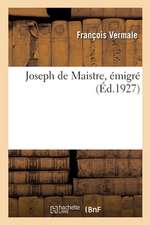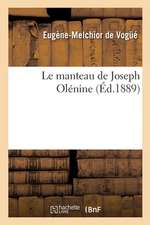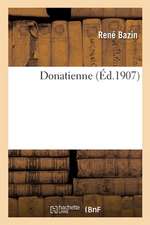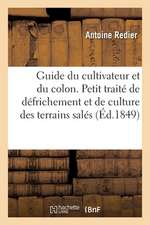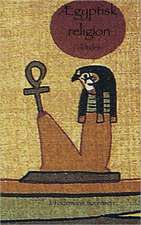The Painted Closet of Lady Anne Bacon Drury
Autor H.L. Meakinen Limba Engleză Paperback – 25 apr 2018
Preț: 310.05 lei
Preț vechi: 369.48 lei
-16% Nou
Puncte Express: 465
Preț estimativ în valută:
59.34€ • 64.06$ • 49.76£
59.34€ • 64.06$ • 49.76£
Carte tipărită la comandă
Livrare economică 19 aprilie-03 mai
Preluare comenzi: 021 569.72.76
Specificații
ISBN-13: 9781138548312
ISBN-10: 1138548316
Pagini: 412
Dimensiuni: 174 x 246 x 27 mm
Greutate: 0.96 kg
Ediția:1
Editura: Taylor & Francis
Colecția Routledge
Locul publicării:Oxford, United Kingdom
ISBN-10: 1138548316
Pagini: 412
Dimensiuni: 174 x 246 x 27 mm
Greutate: 0.96 kg
Ediția:1
Editura: Taylor & Francis
Colecția Routledge
Locul publicării:Oxford, United Kingdom
Cuprins
Contents: Introduction; Lady Drury’s life and relations; ’She leaves this space’: the Drury monument and epitaph; ’Never less alone than when alone’: the rhetorical space of the closet; Situating the closet panels; The order of the closet panels; ’Small but fit for me; and yet I find no rest here’: the closet panels; Appendices; Works consulted; Index.
Notă biografică
H.L. Meakin received her doctorate from the University of Oxford and is the author of John Donne’s Articulations of the Feminine. She now teaches English literature at the University of South Florida.
Recenzii
Prize: Awarded a Paul Mellon Centre Publication and Author Grant
"[Meakin's book] is an analysis of profound scholarship. Like her subject, Meakin demonstrates a sure command of both the classics and contemporary theological texts....[T]his study must be welcomed with enthusiasm, not just for its exemplary scholarship, but also for making this extraordinary survival more widely known." Renaissance Quarterly
"Assuring her value to early-modern scholarship, Meakin has contributed a second monograph of broad utility to specialists....[N]o one, to date, has taken the subject further than Meakin, nor understood it as well. Owing to its range, Meakin's [book] will be valued by specialists in art history, feminism, meditative practices, emblemology, and art site design and installation. This is a unique and special book, and a beautiful one." Early Modern Studies Journal
"This [research] has implications not only for art-historical methodology (in areas of iconography, emblematics, representation), but also for architectural history, literary studies, the development of emblem studies, and above all for our understanding of the literary, Latinate, and humanist education of women in early seventeenth-century England. These achievements ought to secure a wide readership for this book and ensure its status as an influential starting point and model for further research in a variety of fields." Emblematica
"In this book, Meakin provides not only a context for the panels, but also a detailed description and analysis of the panels themselves including their possible arrangement in Anne Drury’s closet at Hardwick House. She examines sources for each panel, and considers the relationship between the panels, other texts, and the reasons for Drury’s choice of subject in each instance. The richness of this discussion is one of the book’s greatest strengths, as the discussion ranges across genres, yet remains centered on the subject matter of the panel and its possible resonances and nuances for Drury." Early Modern Women: an Interdisciplinary Journal
"H. L. Meakin's book...is a fundamental study as it is the first one of this type to provide a broad and exhaustive presentation of the way in which women found ways to mark their discreet presence in the predominantly patriarchal society of seventeenth-century England....This book will enchant readers who would like to explore and understand the complexities of the painted panels and establish connections between symbolic images and text." Sixteenth Century Journal
"[Meakin's book] is an analysis of profound scholarship. Like her subject, Meakin demonstrates a sure command of both the classics and contemporary theological texts....[T]his study must be welcomed with enthusiasm, not just for its exemplary scholarship, but also for making this extraordinary survival more widely known." Renaissance Quarterly
"Assuring her value to early-modern scholarship, Meakin has contributed a second monograph of broad utility to specialists....[N]o one, to date, has taken the subject further than Meakin, nor understood it as well. Owing to its range, Meakin's [book] will be valued by specialists in art history, feminism, meditative practices, emblemology, and art site design and installation. This is a unique and special book, and a beautiful one." Early Modern Studies Journal
"This [research] has implications not only for art-historical methodology (in areas of iconography, emblematics, representation), but also for architectural history, literary studies, the development of emblem studies, and above all for our understanding of the literary, Latinate, and humanist education of women in early seventeenth-century England. These achievements ought to secure a wide readership for this book and ensure its status as an influential starting point and model for further research in a variety of fields." Emblematica
"In this book, Meakin provides not only a context for the panels, but also a detailed description and analysis of the panels themselves including their possible arrangement in Anne Drury’s closet at Hardwick House. She examines sources for each panel, and considers the relationship between the panels, other texts, and the reasons for Drury’s choice of subject in each instance. The richness of this discussion is one of the book’s greatest strengths, as the discussion ranges across genres, yet remains centered on the subject matter of the panel and its possible resonances and nuances for Drury." Early Modern Women: an Interdisciplinary Journal
"H. L. Meakin's book...is a fundamental study as it is the first one of this type to provide a broad and exhaustive presentation of the way in which women found ways to mark their discreet presence in the predominantly patriarchal society of seventeenth-century England....This book will enchant readers who would like to explore and understand the complexities of the painted panels and establish connections between symbolic images and text." Sixteenth Century Journal
Descriere
Lady Anne Bacon Drury (1572-1624) devised dozens of panels comprised of pictures and Latin mottoes for the walls of her closet or study. The panels functioned as a 'book' of meditations to enable her - well-connected, wealthy, and well-educated as she was - to cope with the disappointments of her life. For the first time in 400 years, Meakin thoroughly investigates the personal, social, and intellectual contexts of Lady Drury’s closet.

